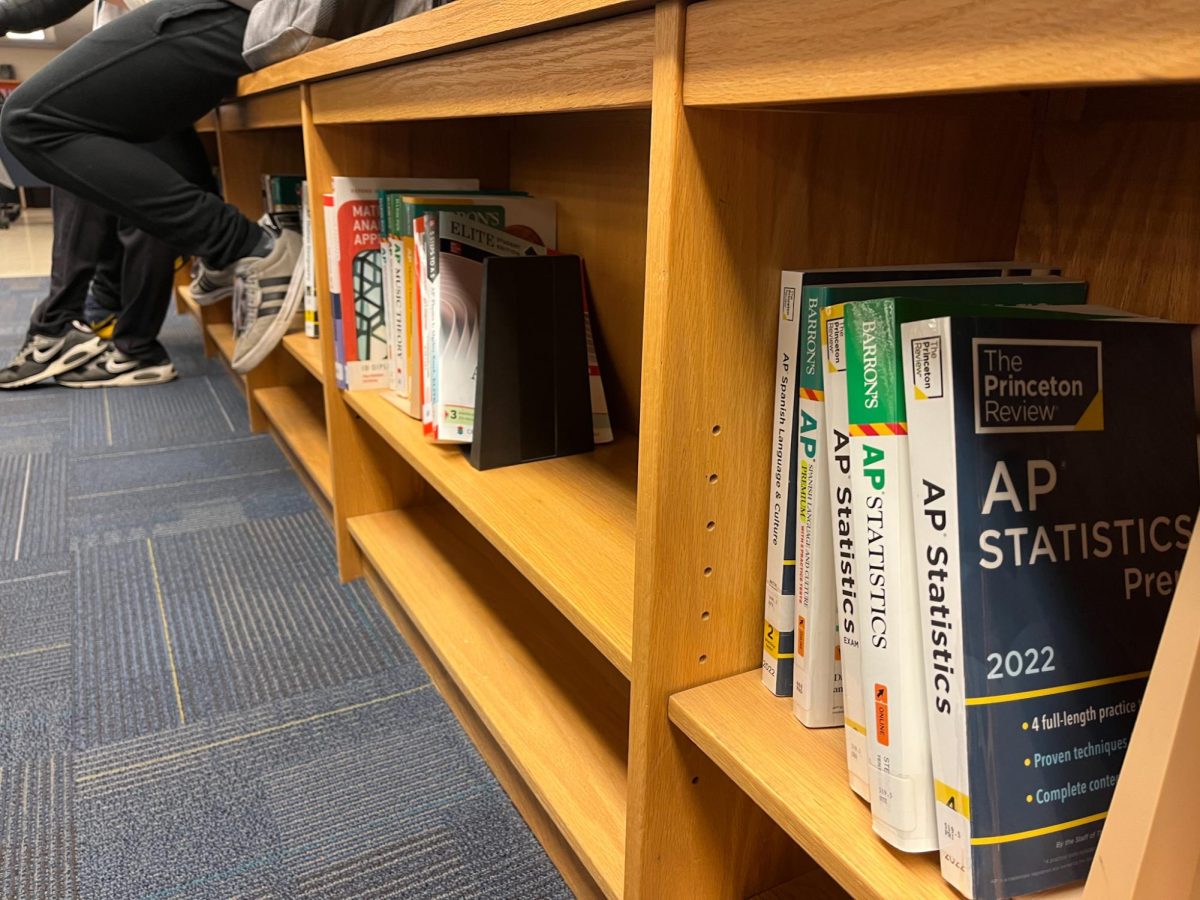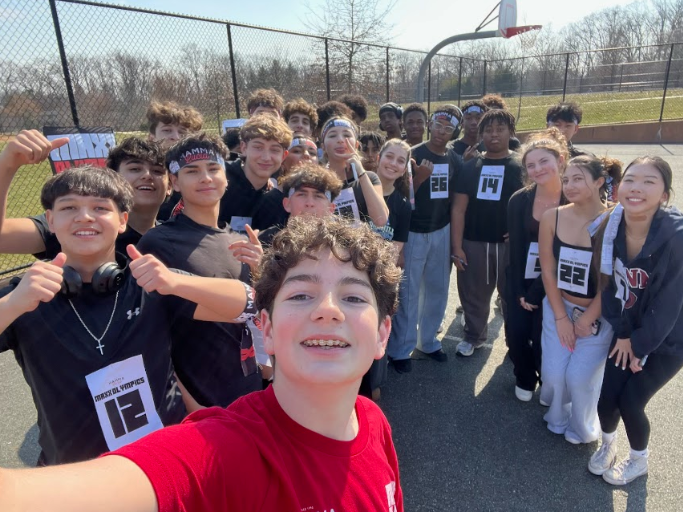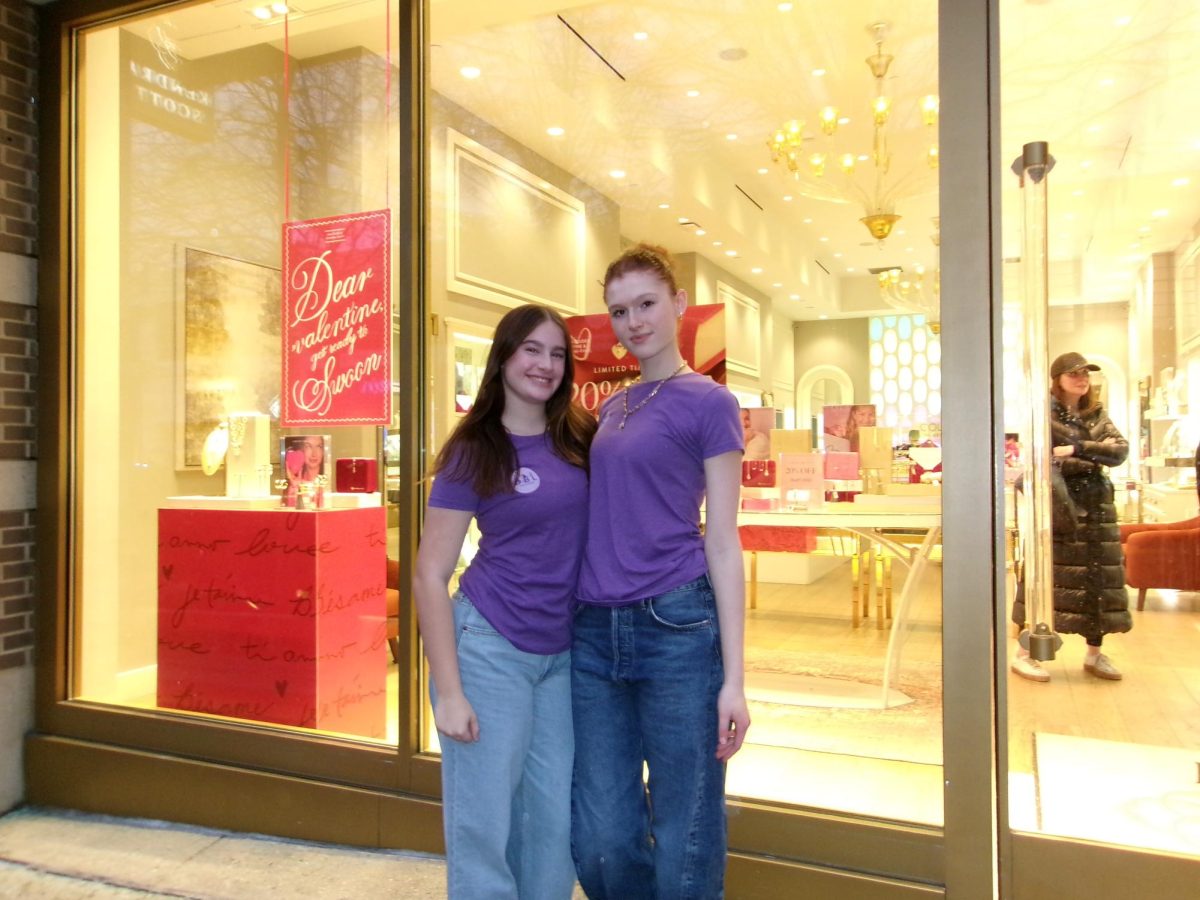Most CHS students know the agony of having the “Sending…” bar freeze in the middle of sending someone a text from various locations in the building.
In light of the revised electronic device policy that allows students to use phones in between classes, the Observer surveyed students about their cell phone provider and how many bars of service they got from different spots in the building.
Auditorium:
AT&T users averaged 2.75 bars in the auditorium area of the building, with Verizon placing second, averaging 1.75 bars.
“AT&T always seems to get the best service throughout the whole school, and since the hallway by the auditorium is right near the outside, it is even better,” junior Zach Silver said.
However, T-Mobile users were not as lucky, averaging just 0.5 bars outside the auditorium.
“Everywhere around the auditorium, there is no service at all,” T-Mobile user and sophomore Natalie Hwang said. “If you want to get service, you have to go outside which sucks if it is cold or raining. I think all of us have given up on being able to make calls when we are in that part of the building.”
Bulldog Lobby:
AT&T once again averaged the most bars in the Bulldog Lobby at 2.667, with Verizon not far behind, at 2.333.
“The cell phone service is always on point in the Bulldog Lobby; that is why I hang out here,” AT&T user and sophomore Andrea Mejia said.
Users of other providers were again disappointed, with T-Mobile averaging one bar and Sprint and Virgin Mobile each averaging zero.
“I have gotten more bars on the subway than I have in the Bulldog Lobby,” Sprint user and junior Annie Fang said.
Science Hallway and Main Office:
AT&T won outright in the science classroom hallway across from the main office, averaging 1.75 bars. Verizon finished second with 1.4 bars, and T-Mobile rounded out the group with zero.
“I am actually surprised at how much service I get,” said junior Jaclyn Shin, another AT&T user. “Most of my friends get little to no service and can not even manage to send a text, so it is really nice to have great service.”
Media Center:
Verizon and AT&T remained the leaders in the media center, with AT&T averaging 2.667 bars, and to Verizon 2.29 bars.
“The service in the media center is so good,” Verizon user and sophomore Valerie Weitz said. “It is really nice too because I can try to text my friends and meet up with them there instead of searching the halls, trying to find them.”
Cafeteria:
AT&T’
s streak came to an end in the cafeteria, where Verizon averaged 2.667 bars while AT&T averaged 2.333. Sprint was not far behind with three, followed by T-Mobile with one.
“I usually have great service in the cafeteria,” said AT&T user and junior Maria Gomez-Bustillo, who averaged four.
Social Studies Office Hallway:
Data from the social studies office hallway has AT&T leading with 2.833 bars, Verizon in another close second with two bars and T-Mobile, Sprint and Virgin Mobile each averaging one bar apiece.
According to junior Marti Weiner, who has AT&T, she agrees that having good service helps her easily find her friends.
On the other hand, junior Crystal Mehdizadeh called her poor T-Mobile service by the social studies office “inconvenient.”
English and Art Classroom Area:
Verizon and AT&T were almost even with each other in the English and Art sections of the building. AT&T averaged 2.6 bars and Verizon averaged 2.4.
“The service is better near the English rooms than in other places in the building,” said freshman Jack Wagman, who got four bars as a result of having AT&T.
Virgin Mobile finished third here, averaging just one bar, with Sprint trailing behind with zero. Yet once again, location did not solely contribute to these results.
“I have Virgin Mobile, which is a cheap service, so in school, my phone generally does not work,” junior Burke Niner said. “If I have to make a call, I normally
have to go outside for it to work.”
Social Studies Classrooms:
Similar results came out of the social studies classrooms, with AT&T yet again dominating the scene. AT&T averaged an overall high of 3.667 bars, before Verizon with 2.43 and Sprint with 0.5.
“The service is great up there,” junior Shreya Naville said. “I do not know why others complain.”
Why Is This?
AT&T averages the most bars in every location polled besides the Cafeteria. Other providers such as T-Mobile, Sprint and Virgin Mobile generally get a considerably lower number of bars than the other two providers in each location besides the Cafeteria, where Sprint averages two bars.
According to CHS IT Systems Specialist Robert Jones, cellular service quality depends on the specific cell phone provider and the ability of radio waves to successfully penetrate the concrete and other materials in the walls. One simple solution may just be to use the phone closer to a window, if possible.
The provider’s tower location and signal strength also play into how good one’s reception is.
“You can be too close to the tower and have the signal reception be lousy, and you can be too far away and have it be lousy,” Jones said.
According to Antennasearch.com, a service which finds cell phone tower locations to help determine cellular reception, while the nearest Verizon tower is 3.74 miles away, the nearest AT&T tower is slightly closer at 2.63 miles, which may explain why AT&T gets slightly better reception than Verizon in most parts of the school.
However, Nextel Communications, a subsidiary of Sprint, has their closest tower only 2.58 miles away. Virgin Mobile USA is also a subsidiary of Sprint. Nevertheless, the closest T-Mobile tower is 8.2 miles away, which might explain T-Mobile’s poor reception.
According to Jones, because cell phones are wireless, service is also influenced by the various environmental factors such as other local cell phone providers, being in a building versus outside and the materials used to construct the building.







